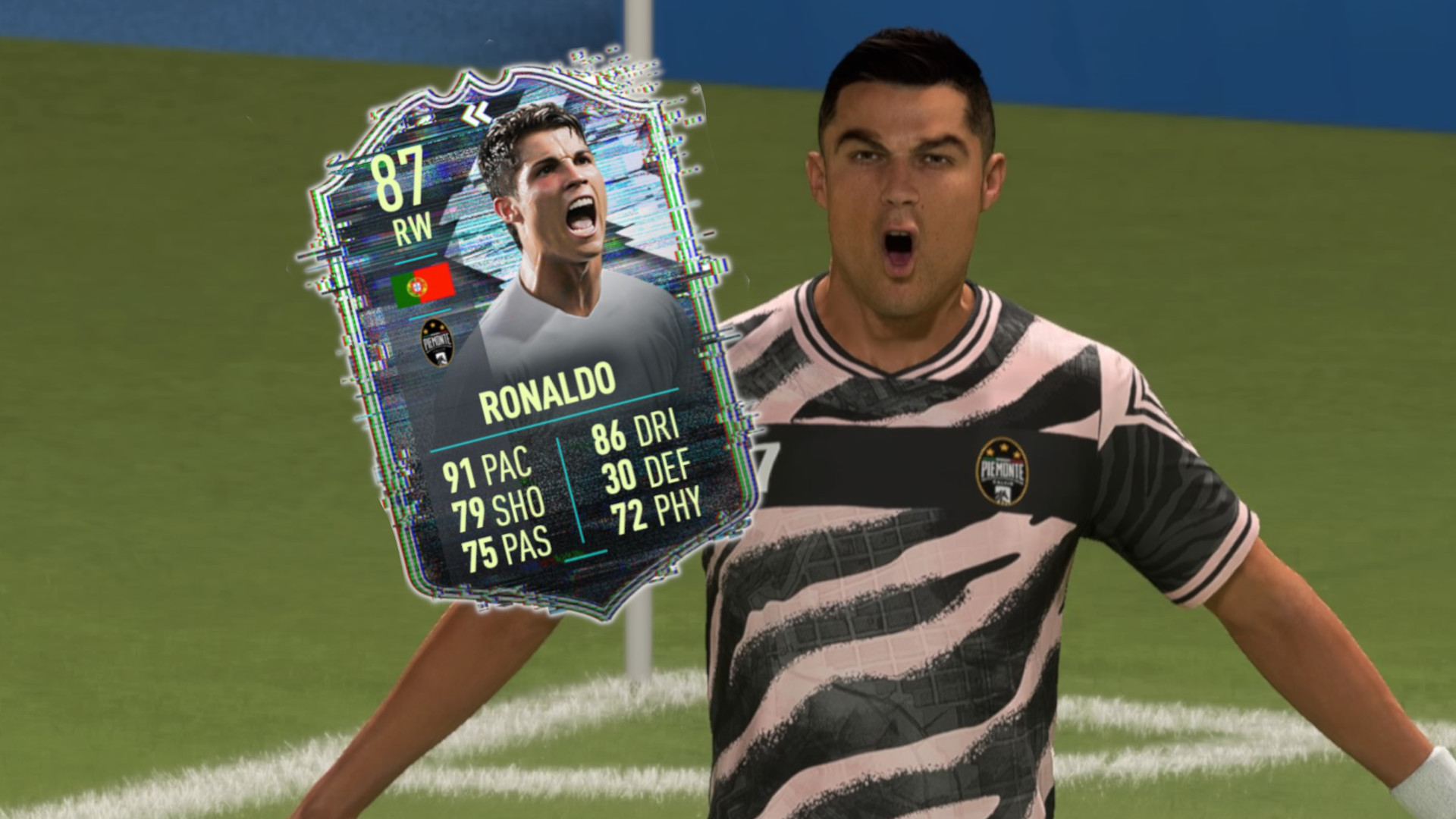London, Autumn 1978, a bus stop next to Waterloo Bridge. A man hits fortuitously with his umbrella to another waiting in line. He apologizes and disappears; has a foreign accent. The other catches his bus and goes to work in the BBC Foreign Service, but he feels a burning spot where the tip of the umbrella has struck him. When he gets to the BBC he sees that he has a red inflamed spot. That afternoon he suffers from a high fever and ends up at Saint James Hospital. For three days, as he worsens, he tells everyone that he has been prodded with an umbrella. On the third day he dies.
It looks like a primitive James Bond movie, Sean Connery’s, but it’s a true story. The dead is Georgi Markov, a Bulgarian dissident who works in the anti-communist propaganda apparatus of Radio Liberty, dependent on the North American Government, so that the police take the “accident” seriously and order the autopsy to the toxics department of the Ministry of Defense. Experts find in the leg a tiny platinum pellet, a ball of a millimeter and a half in diameter and hollow. It was filled with ricin, one of the most potent toxins in the world, which caused Markov’s death.
Although the press baptized the case as “The killer umbrella”Markov was not prodded with an umbrella, as he believed, they have shot him with a compressed air mechanism concealed in an umbrella. It is a variant of the famous KGB gas pistol of the 1950s, used by the Soviet agent Stachinsky to assassinate the Ukrainian nationalist leaders Stefan Bandera and Lev Rebet in Germany.
Ten days before the attack on Markov in London, a similar case occurred in Paris: another Bulgarian opponent, Vladimir Kostov, received the poisoned platinum pellet with a traced modus operandi, with minimal variations. Instead of a bus stop, a subway stop, instead of an umbrella, a bag to hide the trigger. But there has been a fundamental variant: the platinum pellet has accidentally lost part of its ricin load, and the dose has not been fatal, Kostov will survive in hospital.
Years later, deserters from the KGB will tell that, in those 70s, the Bulgarian secret services they had requested “technical assistance” from their Soviet counterpart, the KGB, to undertake the elimination of active opponents abroad.
–
Spy does not kill spy
In movies we have seen a thousand times the dangers faced by secret agents, however in reality there was an unwritten law for the CIA and the KGB. The CIA did not assassinate KGB agents, the KGB did not assassinate CIA agents. However, this law did not apply to political dissidents, to “traitors” who, taking advantage of their refuge abroad, became a threat against the Soviet regime. A tradition that would have continued from Stalin to Putin – a former KGB colonel – if the accusations of the Russian opposition are true.
The fiercest Stalinist assassination campaign abroad was the one launched against the Trotskyists in the late 1930s. It must be borne in mind that, in those years, hundreds of thousands were massacred in the Soviet Union itself. of mere opposition suspects, the so-called Great Purge. In 1938 Rudolf Clement, Trotsky’s secretary, disappeared in Paris; soon they found floating in the Seine a corpse whose head had been cut off, but which was identified as Clement’s by his friends. Less sophisticated had been the execution in Lausanne, in 1937, of the Trotskyist Ignace Reiss, a former secret agent of the Comintern: he was thoroughly machine-gunned, had 15 bullets in his body.
Another Trotsky secretary, Erwin Wolf, made the mistake of going to fight in the Spanish Civil War. He disappeared into the same dark well as Andreu Nin, head of the POUM, and a large number of Spanish supporters of Trotsky
Another secretary of TrotskyErwin Wolf made the mistake of going to fight in the Spanish Civil War. He disappeared into the same dark pit that Andreu Nin, head of the POUM, and a large number of Trotsky’s Spanish sympathizers, in the relentless purge that the Communist Party and the NKVD (as the KGB was then called) carried out during the Negrín government. Anti-Stalinist foreigners like the Austrian socialist Kurt Landau, or Marc Rhein, son of the historical Russian socialist leader Abrammovich, also disappeared in the Barcelona of 1938.
With Lev SedovTrotsky’s son and close associate, they took pains to conceal the murder as much as possible. He apparently died after being operated on for appendicitis in Paris, where he lived under a false identity. However, years later, former agents of the Soviet services recounted their participation in the poisoning of Trostky’s son. Who would be finally assassinated in Mexico in 1940, as the culmination of this campaign of executions ordered by the Kremlin abroad.
There is no space here to make a detailed list of them, but taking a leap in time, in 2006 we found in London what seems a return to the old uses. Alexander Litvinenko, a former agent who had gone over to the service of the Russian oligarch Boris Berezovsky (Putin’s sworn enemy) died of a radioactive poisoning produced by polonium-210. A very original way of killing, as it was the first known case of death from that cause.
– .

